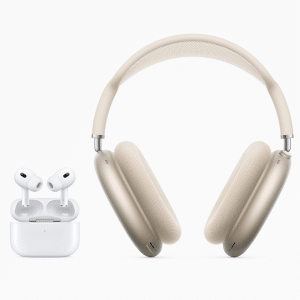Rumors have been circulating that Apple is working on an iPhone subscription service that would effectively give those who fancy upgrading their smartphone a cheaper way of doing so – at least on a month-by-month basis.
The notion of such a hardware subscription service has been greeted with skepticism from some quarters. However, in his latest Power On newsletter, Bloomberg’s Mark Gurman performed what he admitted was “back-of-the-envelope math”, to give a sense of just how tempting the pricing for an Apple iPhone subscription plan could be.
His calculations showed how such a subscription could be attractive for both fans of Apple hardware and the Cupertino company itself. He suggested that in the case of the standard iPhone 13, for instance, a monthly price point of $35 a month over three years would net Apple a total of $1,260 over that period, instead of the $799 starting price for this model right now.
For the iPhone 13 Pro, he picked $45 as an example monthly subscription cost, calculating that over three years, this would bring Apple a handsome $1,620, rather than the current upfront cost of $999. And in the case of the iPhone 13 Pro Max, Gurman posited a $50 monthly subscription charge, generating $1,800 for the Cupertino firm over three years – some way north of the present $1,099 upfront retail price.
And of course, such a plan could be alluring to those who wish to get their hands on a new iPhone, given that it could still be more manageable from a costs point of view than having to pay the upfront price for the given device in one go.
Gurman pointed out that right now, “it’s only really diehard Apple fans that get new iPhones every year.” And with the average iPhone user only upgrading their device every three years, and the average iPhone sales price being approximately $825, Apple is currently only generating slightly more than $800 from the typical iPhone customer every three years.
A hardware subscription plan, then, could be a route to driving up that figure, as demonstrated by Gurman’s calculations above. Plus, as the subscriber would be effectively leasing rather than owning the device, at the end of those three years, Apple could get the subscriber’s iPhone back, and subsequently sell it on the secondary market.
None of the above, of course, is confirmation that Apple is actually going ahead with such a hardware subscription service, the company having so far not even publicly commented on the idea. Nonetheless, with speculation about it gathering pace, the notion of an iPhone subscription plan seems to be making more and more sense – for ordinary Apple customers, as well as for Apple itself.











